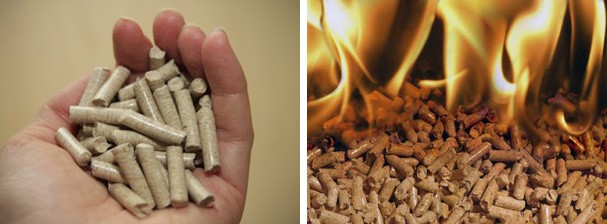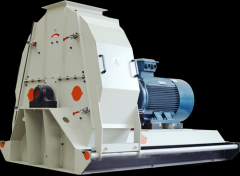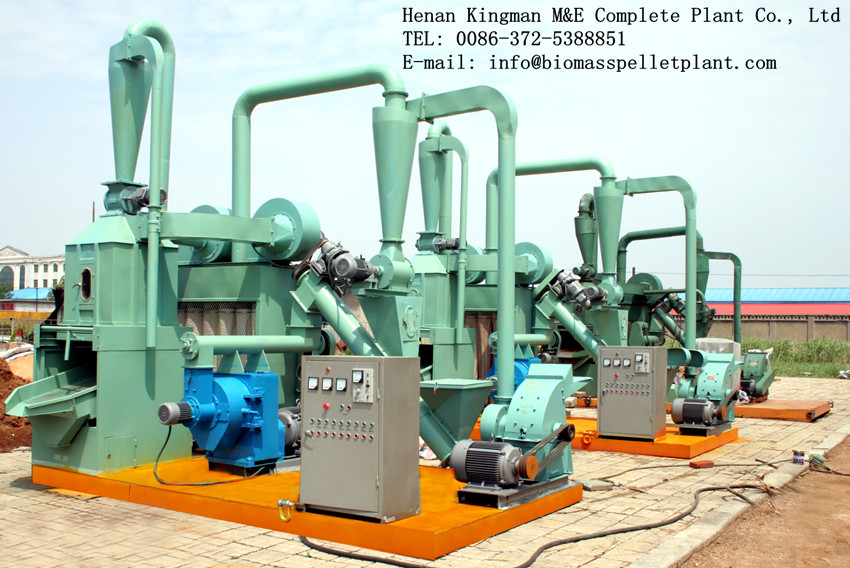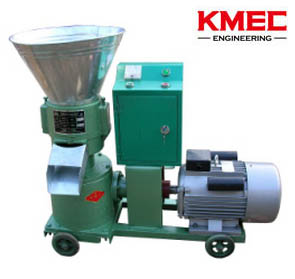Fuel Pellet Market of France
1. French market catalyst and hurdles
The public strategies implemented over the pas years on wood energy focused on improving wood log uses by householders and on the development of heating or cogeneration units burning wood chips. Wood pellet benefited some tax relief for high efficiency stoves and boilers, however the direct support measures at national level for the promotion of pellet use were relatively few compared to other countries. Locally, some regional support to the wood pellet sector is available but it is not yet part of an integrated national plan.
A survey performed by the Propellet France Association in 2010 on a sample of 1,000 people revealed that the common awareness of French citizens about pellet heating was still relatively low, although it had grown sensibly in the last years. In 2009 only 42.5% of the people interviewed declared to be aware of pellet heating systems, whereas in 2010 this share had increased to 50%.

Pellets are more popular in the East and North regions and more in provinces than in urban areas. 74% of people having a traditional wood heating system declared to be aware of pellet whereas only 47% of those using natural gas or electricity were familiar with pellets.
READ: BIOMASS PELLET PLANT DELIVERED TO FRANCE
According to the survey, the main limiting factor perceived by over 55% of French consumers for the use of pellet is the high purchase price of boilers and stoves. Despite this, 75% of those declaring to know pellets see this fuel as comfortable, economically competitive and environmentally friendly.
The French pellet market has an important potential both in terms of production and consumption. Its growth is continuous but relatively slow in comparison with some other neighboring countries. The potential availability of raw material is high, despite the fact than sawmills are small and sawdust resources are dispersed in a large territory. A factor causing a relatively slow development of the French pellet market can be identified in the prices of other sources of energy like gas and electricity, which are cheaper than in many other European countries. As the French electricity production is mostly from nuclear origin, its costs did not show any strong variations in these last years and electricity is promoted in France as having very low impact on greenhouse effect.
READ: GERMAN BIOMASS PELLET MARKET
2. Production capacity and feedstock
The volume of pellet produced by French manufacturers has grown steadily since 2005, an increase to over 460,000 tons in 2010. Around 40 producers are active in France, with a production capacity between 10,000 and 30,000 tons per year and the majority of them working well below the full load capacity. According to statistics, in January 2011 the countries production capacity reached 1,040,000 tons.
The production is almost entirely represented by wood pellets for residential heating. As far as feedstock is concerned, as in most other producing countries a shift from sawdust to alternative feedstock is observed: some producers already use up to 70% of different resources such as round wood or forest residues. There are around 180 bulk distributors of wood pellets. The production of industrial pellets could take place in the future, especially in some paper industry factories requiring re-engineering or diversification.
3. Consumption
In 2009 the consumption of wood pellets was 305,000 tons, whereas in 2010 more than 405,000 tons were consumed (source: Propellets France).
READ: FRENCH CLIENTS VISITED KINGMAN
France shows a variety of climate conditions, which in turn offers opportunities for pellets usage both for stove and boilers. The North-East part of France has a continental climate with long and cold winters and a strong tradition in wood energy similar to the one of the neighboring countries like Germany and Switzerland. The development of pellets consumption was faster in these regions than in others, with a good balance between boilers and stoves sales. In the Southern and Western parts of France, winters are less cold and the use of wood for heating is limited, especially in urban and suburban areas. Pellet stoves have more success than boilers as they are mostly used to complement a central oil fuel heating system or an electric heating installation.

The trend in pellet consumption is directly related to the trend in the sale of pellet heating systems.
The market of pellet stoves is experiencing a rapid growth, whereas the sale trend of boilers is more stationary. Around 4,500 boilers are sold each year, representing less than 1% of the market share. On the other hand, around 25,000 pellet stoves were sold in 2009, representing nearly 5% of the market share. For 2010, Propellet estimated a 20% increase in the sale of pellet stoves.
The French ADEME agency recently performed a study on the perspectives of development of residential biomass heating by 2020. The most likely scenario of this study indicated that in presence of strong and constant public support measures, a sale of 136,000 pellet stoves and 87,000 biomass boilers (with the majority of them being pellet boilers) per year by 2020 would be achievable.

4. Trade and logistic aspects
Back in 2008 France imported around 20,000 tons of wood pellets (mainly from Germany and Spain) and exported around 35,000 tons to Italy, UK and other countries (Source Pellets@las). According to Propellets France in 2010 imports were unvaried at 20,000 tons, while exports grew to 80,000 tons mainly to Italy, Belgium, Germany and Switzerland.
READ: FUEL PELLET MARKET DEVELOPMENT IN BELGIUM
5. Pellets quality and standard
The quality of French production was heterogeneous in the past. In more recent times many producers have acquired a certification of quality according to different standards. The two main certifications used are NF Granulé Biocombustible QHP (Norme Française), active since 2009 and the German DIN+.
According to the Syndicat National des Producteurs de Granulés de Bois (SNPGB), in 2009 the quality of pellets produced in France was divided as follows:
- 34% without certification.
- 32% DIN Plus.
- 35% NF Granulés Biocombustibles QHP.
READ: GET TO KNOW OUR PELLET MACHINE IN FRENCH LANGUAGE, CLICK HERE.
News
- Small Pellet Machine Manufacturer-Kingman
- Application of Wood Pellets and Use of Biomass Pellets
- From Fossil Fuel into Biomass Pellet Fuel
- Biomass Pellet Making Machines Market
- Applying of pellet stoves for home use
- Highland pellets to build $130 million facility in arkansas
- How to deal with the blocked hammer mill
- How to Make Wood Pellets with Sawdust
- The government policy promotes the development of biomass fuel
- Market analysis of biomass pellet fuel
- Strategic positioning of renewable energy
- Biomass energy has pass through the pre assessment
- The key point of deep processing of biomass pellet
- Harbin is promoting the development of biomass machinery
- The development of biomass formation technology I
- The development of biomass formation technology II
- Biomass energy industry is now going full tilt in 2015
- Rapid increasing demand of sawdust pellet on the market
- Pellet fuel market in EU
- Chinese Biomass Energy Conference held in Beijing
- Future market development of straw pellet mill
- Peanut Shell Pellet Mill Makes High Quality Pellets
- The utilization of straw is only 5%, biomass energy needs our attention!
- Corn straw pellet machine relieves the tight supply of fuel energy
- Reasons for loose or not forming of biomass pellet mill





